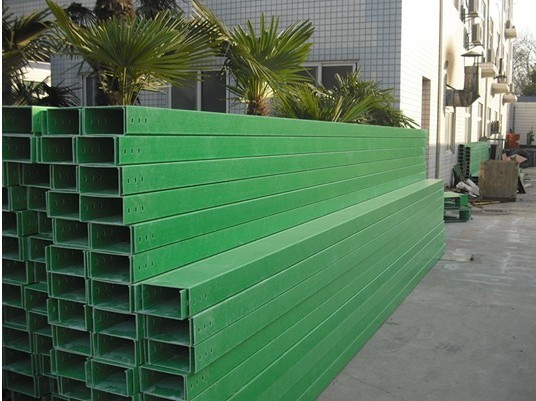According to research data from internationally renowned research companies, stand-alone pico projectors will take off in 2010, with an estimated annual sales volume of 500,000 to 1 million units; most models are expected to use LED light sources. However, the market share of laser source models will rise to 10-20% in 2011 and climb to 50-75% in 2016.
The Multimedia Player (MediaPlayer) is the most suitable terminal device for built-in micro-projection. It is estimated that this market will take off in 2012. It is expected that the annual sales volume of related products will reach 2.6 million to 5 million units.
Mobile phones with built-in micro-projection functions will gradually appear on high-end models. By 2016, LED light sources will be the mainstream of this market. In addition, the agency believes that LED technology will also dominate the digital camera, digital camcorder terminal market. Samsung announced on April 14 that it will launch a new generation of full-touch projector "AMOLEDBeam (SPH-W9600)" in the South Korean market.
As for notebooks, the outlook for micro-projection applications in this market is still unclear, and it is still not possible to accurately estimate consumer acceptance of this product at this stage.
At present, micro-projection products mainly focus on LED light sources in light source selection. The main reason is that in addition to excellent color performance, LED light source has the advantages of low energy consumption, low heat generation and mature technology. Although lasers are also used as light sources for micro-projection products, their price is more expensive than LED light sources, which is an important reason for limiting their development.
In fact, laser sources have more advantages than LED sources. First, the laser can have a more color reproduction than the LED light source. Traditional projectors can only represent about 30% of the human eye's identifiable colors in nature, so that another 70% of the colors cannot be perceived by traditional display devices. Although the current 2K digital projectors are close to the quality of 35mm film in terms of color and resolution, there are still many film industry people who appreciate the rich colors and transitions exhibited by film. Although the KED light source has a much higher color performance than the traditional light source, it can easily realize all the colors of RGB, but compared with the real world color, this is still only a small witch, not worth mentioning. However, the laser light source can represent more than 90% of the human eye's identifiable color in the natural world. The laser film projector can restore a more perfect colorful real vision to the viewer, and better meet the needs of the movie.
Secondly, the LED light source has obvious defects in the illumination, and the brightness problem has always been the most important factor for people to criticize the LED light source. In contrast, laser sources have always been their strength in brightness. Due to the concentrated laser brightness, the laser can have a smaller volume when achieving the same brightness. Based on the above two points, with the mass production of laser light sources and the price reduction, the light source trend of micro-projection products will gradually change to laser-based.
Micro projectors have become the most powerful development in the projector industry. Projection mobile phones, projection digital cameras, projection notebooks, projection MP4, etc., all of the electronic consumer products that can be imagined have been branded with the shadow of micro projection. Due to its small size and low heat dissipation performance, the micro projector is destined to be a cold light source. At the end of 2011, there will be more than 7,000 sets of digital cinema equipment in the country. In terms of current market development, LED and laser are two. Cold light sources are favored by developers. So far, LED light sources seem to be superior in the use of micro projectors, occupying a leading position.
It is a perforated part made of a whole steel plate.
It is different from Cable Tray due to its width-to-height ratio.Cable tray is lighter
and wider while fiberglass Perforated cable tray is deeper and sealed.
Fiberglass Perforated Cable Tray can be used for fully enclosed cable laying.It is
best suitable to lay computer cable,communication cable,thermocouple cable and control
cable of other high sensitive systems and performs better in the anti-interference effect of control cable and the protection of cable in high-corrosive circumstances.

Tray Shape Fiberglass Cable Tray
Fiberglass Trays,High Strength Cable Tray,Fiberglass Frp Cable Tray,Tray Type Fiberglass Cable Tray
Jiangsu Loncin Electrical Equipment Co.,Ltd , https://www.loncincabletray.com